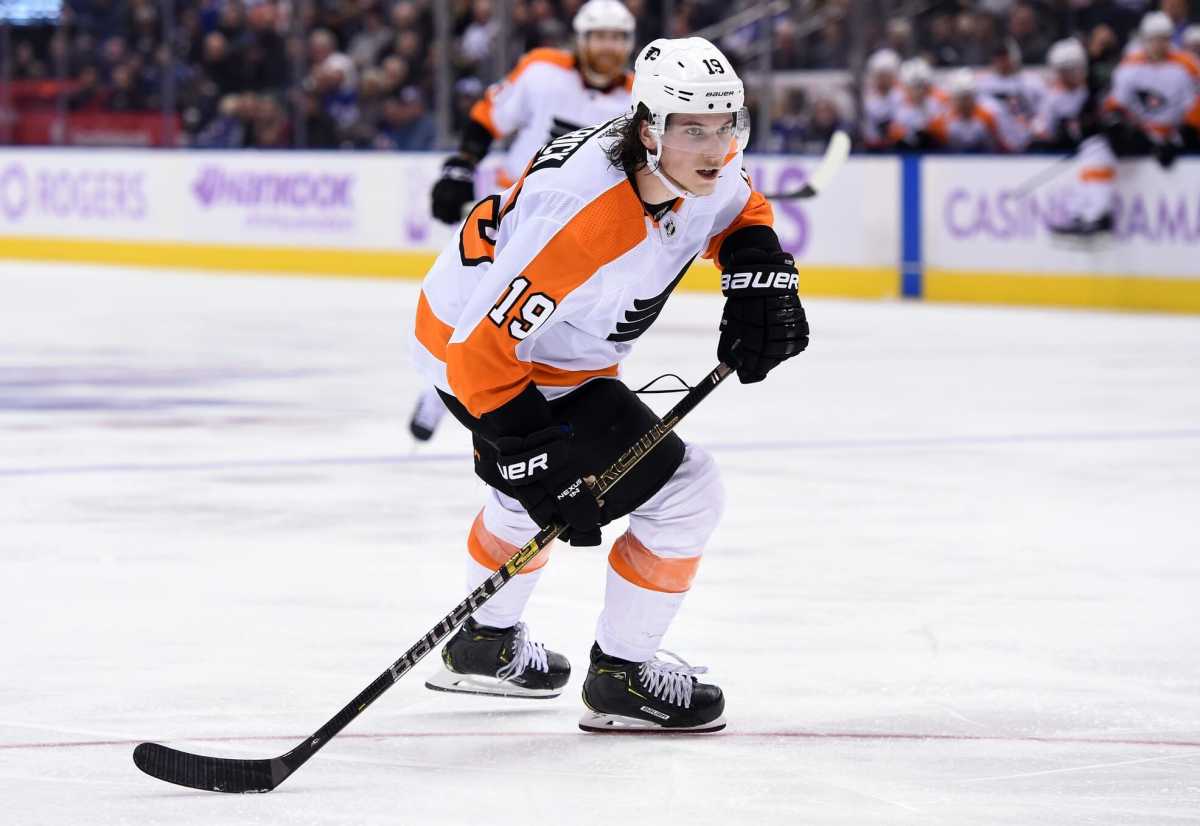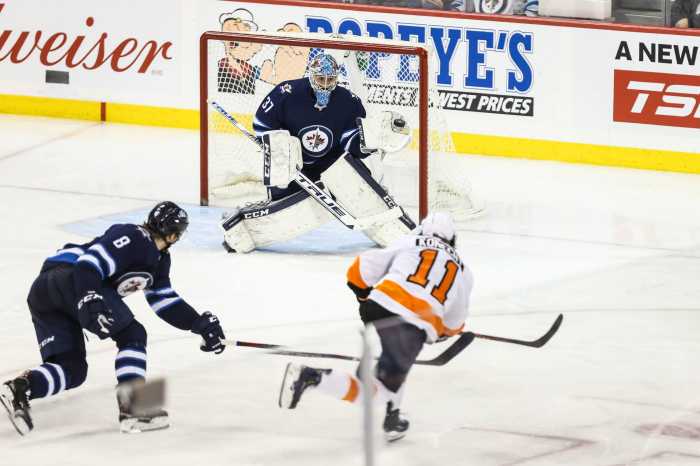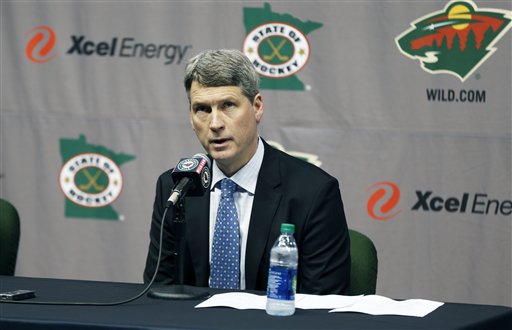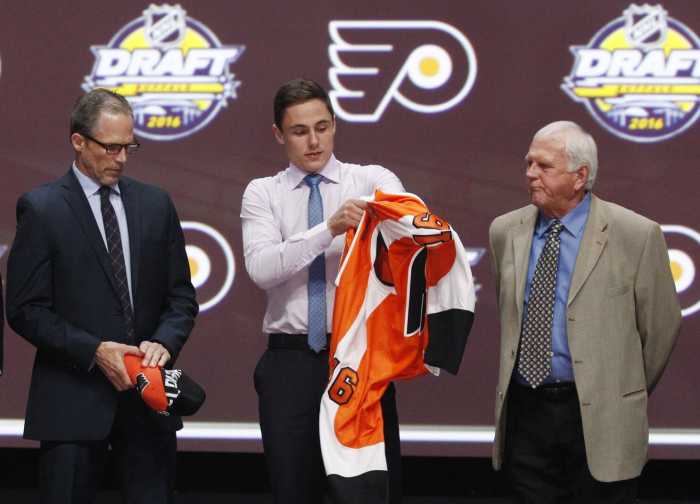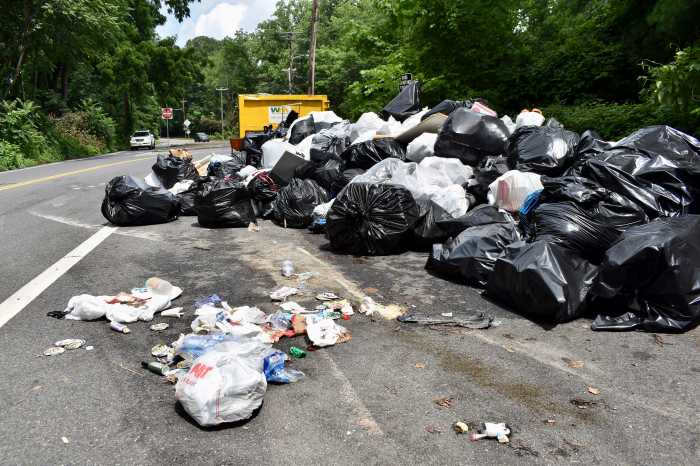No matter who’s behind the bench, it’s the players on the ice that make the city a champion. Most elite players are developed, not drafted and experience is king.
Let’s define the core:
We constantly hear about the “The Core”…let’s shake the core. We hear it all of the time. So let’s take a look at this mythical Core that everyone seems to reference. I’ll point out how there has not been a true core to this team since it went to the finals in 2009-2010. Over the years, the core has been decimated by injuries and trades. It truly hasn’t been defined in a long time. This is a big reason the Flyers lack consistency today.
There are certain requirements to a team’s essential Core. Let’s start off by defining what is a NHL core. A core is the key players that are in the correct spots, on a team that shows clear indications of cup competition. A great point of reference for this is the 2017-2018 Vegas Golden Knights expansion draft. The most common way to protect a team was 7 Forwards, 3 Defenseman, and 1 goaltender. The NHL picked these standards, because it is a way of protecting the most valuable portions of most teams or, in other words, their core. Essentially this is what is required to build a cup team and what the Flyers have not had fully filled out for a several years.
Since the days where Chris Pronger was on this defense, the Flyers have been swapping pieces in an out of the core looking to fill the gaps of a #1 defenseman. I think it’s important to note that majority of young players cannot be counted on as core players. They have not yet earned that title because, except for some rare cases, they have not had the time to prove they can show the consistency from game-to-game and season to season. Until they can prove that, they are difficult to be counted on as a core player. I would say one of the best ways to judge a team’s view of a player, is the team’s desire to lock him down past the Restricted Free Agent status. Typically a young player will receive a long term contract after being identified as a core player.
Looking 2017-2018:
Let’s start last season during the 2017-2018 NHL season. The core that most people thought of when they referred to the Flyers were Claude Giroux, Jake Voracek, Wayne Simmonds, Brayden Schenn, and Sean Couturier. The Flyers had just shipped out Brayden Schenn for, essentially, draft picks (now Morgan Frost and Joel Farabee) and opened up another spot in their already thin forward group. Why did they do this? Because Ron Hextall did not believe Schenn was truly a part of the core. He signed Schenn, but Schenn had a difficult time being consistent and seemed replaceable the older he got. They had other veteran forwards like Scott Laughton, Michael Raffl, Dale Weise, Jordan Weal, Valtteri FIlppula, Jori Lehtera, and Matt Read filling in respective roles, but none of these guys could be counted on as core players. New young forwards like Travis Konecny and Nolan Patrick were up and coming and already showed early signs to become franchise core players. Thus the trading of Brayden Schenn, it was to make room for the core players and their long-term contracts.
The defensive core was far less complete than the forwards. However, with budding superstars like Shayne Gostisbehere and Ivan Provorov the veteran defense of Andrew MacDonald, Radko Gudas, and Brandon Manning were tolerable. It was clear that none of those veterans could be counted on as core players, due to the large deficiencies in their game. All of those veterans can all be replaced in the offseason or Free agency. The Flyers were hoping at least one of Samuel Morin, Robert Hagg, Travis Sanheim, or Phil Myers would identify themselves as an early core player.
Travis Sanheim and Robert Hagg made the team out of camp, but it was far too early to identify them as core players. They had a long road ahead of them to prove that they are core pieces. Even today, both players are not regulars in the NHL lineup, but neither has been able to fully own the titles of a core player. Travis Sanheim seems likely to fill the 3rd spot of the Defensive core, but it’s still too early in the season to appoint any defenseman as core player. Once Travis can prove that he can hit a level of consistency and stay there for long periods of time. He’s the most likely of the defense to graduate to core status.
“Yeah, I think I still have that confidence from the end of last year.” Sanheim said back in September. “I think last year was big for me because I learned my strengths and it’s just a matter of me getting my feet going in game so I’m just working hard and the rest kind of comes.”
Outside of Giroux, Voracek, Simmonds, Couturier, Gostisbehere, and the rookie group of Provorov, Konecny, and Patrick it would have been very difficult to make a case for anyone else on the team to be considered a core player. If you look out of those names, none of the other players would be considered an essential part of a cup contender and most of them are in the prime years of their career. Sure they could all play their respective roles on a cup winning team, but for the most part they can all be replaced in free agency, small trades, or internally.
The New Core:
Leading the charge of the Flyers’ new arrivals, was Ivan Provorov. He was coming off a fantastic Rookie season, that showed promise of names like Victor Hedman and Duncan Keith. It’s important to note that both Headman and Keith both of whom struggled early in their careers when they didn’t have support in Tampa Bay and Chicago respectively. It takes several years to develop into a #1 defender on an NHL team, but Provorov was showing he was ahead of the game and right on track for greatness. Travis Konecny showed some struggles at times, but also displayed some serious skill that was due to come out any day. These two were going to lead the rest of the new arrivals of Nolan Patrick, Robert Hagg, Samuel Morin, and Oskar Lindblom in the 2017-2018 season. While they all had their success in their early careers, they also showed moments of frustration and inconsistency. Until they become more consistent, it becomes difficult to place the core player title on them. Even Nolan Patrick, who is clearly on his way to becoming a core player has still struggled at times that would hinder his title of a core player.
Of Championship Caliber:
So Let me set even further back and connect the dots while looking back at the Flyers last cup caliber team from the 2009-2010 NHL Stanley Cup playoffs. A big reason to list the core below from that team, is to focus on their age and level of NHL experience. If we compare the 09-10 team to the Flyers current day core, it is noticeably less experienced on defense and goaltending than the team that went to finals almost a decade ago.
| 2009-2010 PHILADELPHIA FLYERS | 2018-2019 PHILADELPHIA FLYERS | ||
| FORWARDS | FORWARDS | ||
|
|
||
| DEFENSEMEN | DEFENSEMEN | ||
|
Potential Defensive Core:
|
||
| GOALIES | GOALIES | ||
|
|
As we can see from the ages and years of experience the players who can be considered core players are few and far between in the modern era. WHile there is plenty of talent, it lacks the refinement and experience of a cup caliber team. I didn’t include Brian Elliott, not because of talent, but because he was never part of the championship equation moving forward. He has always been a stop-gap to players like Carter Hart and Anthony Stolarz. In 2009, Ray Emery went down with a career threatening injury, but was luckily supported by two NHL caliber backups Brian Boucher and Michael Leighton. Having the luxury of two backup goalies and one of the best collection of top-4 defenseman in the NHL, the Flyers were able to mitigate their goaltending woes. The 2009-2010 Flyers team was so good, that they could win with average goaltending. Having a player like Matt Carle to fill out the defense’s top 4 made all the difference. The Flyers barely used the bottom paring to get to the cup and did it over-playing their best four defenders. If Emery was healthy, the team probably would have taken the Chicago Blackhawks to 7 games and maybe even won the cup.
We saw the same thing with the Chicago Blackhawks that season where neither starting goalie, Michael Leighton or Antti Niemi, of that finals series went on to have successful career the following season. I can even use the more recent example from the Pittsburgh Penguins that won with the cup with two starting goalies, but blue line without their #1 defenseman. Kris Letang. A good team can compensate for its weaknesses with depth at key positions. And while the game has evolved, if you look into the recent Stanley Cup finals teams, you’ll see a similar range of ages. Young players might be putting up points in the NHL, but the playoffs are a whole different game and in that game experience is king.
What what I see expressed through these numbers is that the Flyers have a 4-5 year window to win with the current veterans they have. That is plenty of time to right the ship and stabilize the team. GM Check Fletcher could decide to move one or two of the veterans, but ultimately the goal should be to add some leadership on the backend. Someone who is 30 or over that can play the captain-like role for the very young defensive core. Everyone who’s been watching this team for years, saw what happened when a player like Kimmo Timonen was added to the Flyers roster back in back in the summer of 2007. The Flyers went from the worst team in the league to an Easter Conference finals appearance. We shouldn’t expect magic, but professional hockey at the NHL level is a game of inches. A subtle change in correct spot can have a fascinating trickle down effect. A team can turn things around at any point in a season as we’ve all seen in the past. Perhaps, a change of heart while retaining the same mindset was all that was needed for the Flyers.
“Well, again I think it’s…the NHL and the cap system these days, you have to build your team through the draft.” Chuck Fletcher said during his introductory press conference. “That has to be the core of your team, there’s no other way to do it. We all can’t go out and buy twenty players. It has to be built through the draft and hopefully that homegrown talent believes in your identity, believes in your culture and besides bringing talent they bring those intangibles to the rink every day. And as you build up that base of talent, then you start to look outside to find out how you can supplement and compliment those players wherever you feel there’s gaps and holes. I’m a big believer, you need all three phases to build a championship team, again mainly the draft, but you also have to use trades and free agency. You have to have good people, everybody has to be pulling the same way. I do think culture is very important in any organization to be successful. Hopefully you have good health and you can get a bounce or two along the way, but build a good team and be consistency good for a long time.”
The point is, whoever is leading this team, it is clear that the Flyers are about 80% through their 6 year rebuild process. It’s important not to panic as the team is a couple of veterans players and a bit of experience away from truly competing again. No matter what the fans tell themselves, older players are still very much relevant and players over 30 are necessary to win Stanley Cup. Flyers are on the brink of defining their core, it’s important to see that through. Now that Chuck Fletcher runs the Flyers, look for him to continue what Hextall started and define his core for a cup run.
Mandatory Credit: Dan Hamilton-USA TODAY Sports

